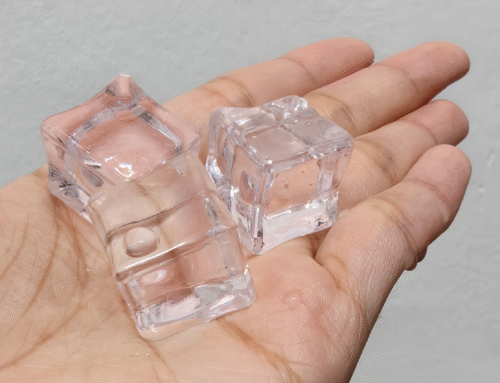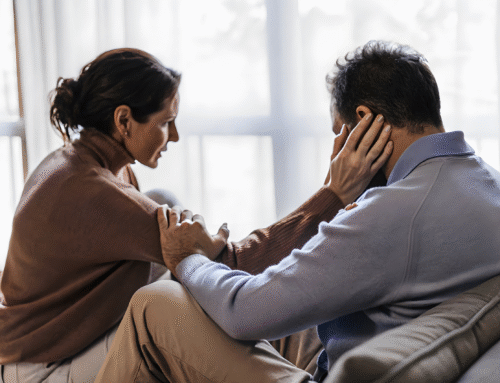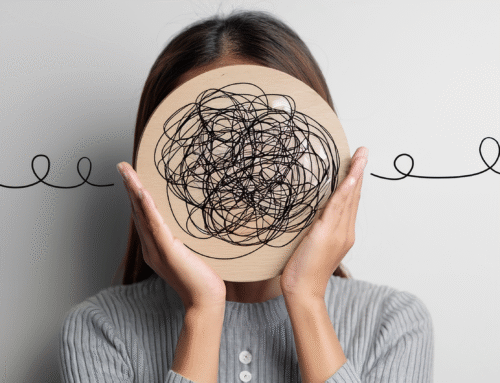
Before the sun rises
Before the sun rises, I’m already awake. The house is quiet, the world still. I move through my morning routine like a ritual — gathering the things I’ll need: a blanket, my headphones, maybe a book I’ve read before but can’t quite finish. I take my morning meds with a sip of water I have to measure. Even water comes with limits now. This is life on hemodialysis — not something I chose, but something I’ve learned to live with.
At the dialysis center, the machines greet me with their steady hum. They are both enemy and ally. I sit down in the chair, offer my arm, and feel the sharp pinch as the needles go in. My blood begins its journey — out of me, through the machine, and back again. Three, sometimes four hours. I try not to think too hard about it, but some days, that’s impossible. I watch the tubes, the monitor, the numbers blinking like a foreign language I’ve come to understand. This machine is my lifeline — but it also takes so much from me.
Time in the chair stretches. I drift. Sometimes I sleep. Sometimes I stare at the wall or watch TV without really watching. Other days, I talk with the nurses or the person in the chair next to me. We don’t have to explain much — we all know. The fatigue creeps in slowly, then all at once. My muscles ache. I get cold. If they pull too much fluid, I cramp or get lightheaded. I sit still while the machine does what my kidneys no longer can, and I remind myself: I’m here. I’m alive. That has to count for something.
When the session ends, I’m free, but not really. I’m worn out. I move slower. I carry my tiredness like a second skin. I go home and rest, if I can. Some days, I sleep for hours. Some days, I push through. I eat carefully, weighing each bite against my lab numbers and fluid limits. I think about things most people never have to: how many milligrams of phosphorus, how much sodium, how many ounces I’ve had to drink. Everything is measured. Nothing is casual. But this is how I survive.
And still, life continues. I laugh. I cry. I sit outside and let the wind touch my face. I hold the people I love close. I listen to music, even on days when I’m too tired to sing along. I’ve learned to find beauty in quiet places — the kind you only see when you’ve slowed down enough to notice. Hemodialysis has taken a lot from me, but it’s also taught me how to endure. How to live in fragments and still call it whole.
Hope has changed shape for me. It’s no longer a dream of perfection or freedom. It’s in the little things now — a good lab result, a day without cramps, a meal I can enjoy without fear. It’s in the fact that I keep showing up, even when I don’t want to. That I keep rising, morning after morning, to face it all again. Weary, yes. But not broken.
A fellow patient
About the Author
admin
We are a community of nephrology and mental health clinicians, patients, families, and caregivers who are committed to understanding and helping people cope with the psychosocial impact of chronic kidney disease.
At the dialysis center, the machines greet me with their steady hum. They are both enemy and ally. I sit down in the chair, offer my arm, and feel the sharp pinch as the needles go in.



